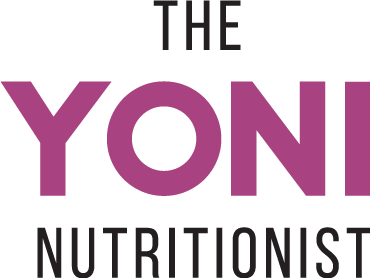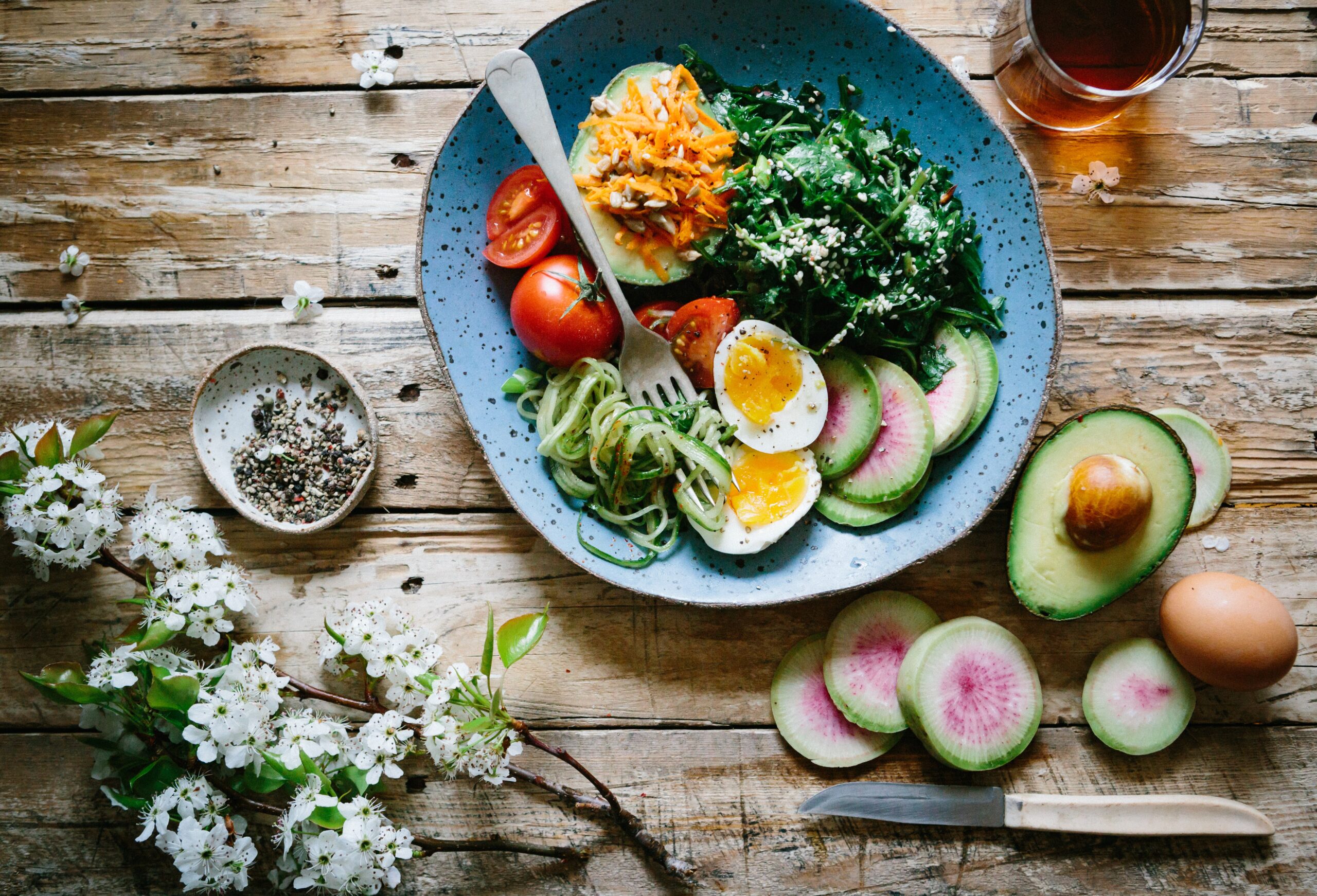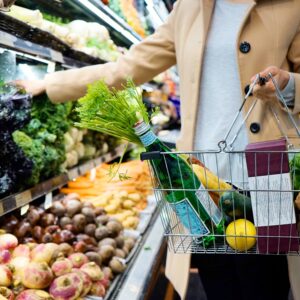Understanding your Food Cravings
February 6, 2021

Ever wonder what your specific food cravings mean?
This blog post explains what some of the most common cravings you experience means for your body, and what some healthy alternatives are that you can replace them with!
Let’s start by understanding what cravings are.
A food craving is your body and mind’s intense desire for a specific food. This desire can sometimes be uncontrollable, and your craving may not be satisfied until you get that specific fix!
Some experts believe that food cravings only last for about 3-5 minutes.
Cravings are often for junk foods and processed foods that are high in sugar, salt, and fat, and everybody experiences their cravings differently.
Food cravings can be a major roadblock for people who are trying to maintain a healthy way of eating, a healthy lifestyle, and can be particularly challenging for people with eating disorders.
Oftentimes when you crave specific foods, it is your body telling you that it’s missing specific nutrients.
Understanding what your cravings mean and practicing mindfulness around your specific cravings, can help you manage them to maintain your healthy eating habits and lifestyle, as well as practice mindful eating habits.
Food Craving Causes:
Food cravings are caused by the regions of the brain that are responsible for memory, pleasure, and reward.
An imbalance of hormones, such as leptin and serotonin, can also cause food cravings. It is also possible that food cravings are due to endorphins that are released into the body after someone has eaten, which mirrors an addiction.
Emotions may also be involved in producing a food craving, especially if a person eats for comfort.
There is also the possibility of a connection between cravings and nutrients. This is the idea that the body craves certain foods because it lacks certain nutrients.
Cravings can be selective or non-selective.
Selective cravings are cravings for specific foods, which may be a person’s favorite chocolate bar, a specific burger from their favorite restaurant, or a bag of potato chips.
Non-selective cravings are the desire to eat anything. It may be the result of real hunger, but it can also be a sign of thirst. Drinking water may help with intense non-selective cravings. Next time you feel your craving coming on, drink a glass of water and see if that helps!
Managing cravings:
There are many ways to manage your food cravings, which include:
- Reducing your stress levels
- Understanding your body’s hormonal changes, which are thought to cause some food cravings.
- And eating more of the right foods that work for your body.
Managing Stress:
- Stress and emotional eating can influence a variety of health issues.
- Feeling stressed may promote emotional eating and cravings for comfort foods.
- There are studies that show that women who are stressed are prone to cravings for sweets.
- Eating due to stress may also cause weight gain and larger hip circumference.
- Stress may also cause weight gain on its own, without extra food cravings.
- Stress results in higher levels of cortisol, the stress hormone, which can promote belly fat.
Drinking LOTS of water:
- Hunger and thirst can produce similar sensations in the mind, causing it to become confused.
- One of the easiest ways to reduce food cravings is to make sure the body is hydrated throughout the day.
- Drinking plenty of water helps to clean out toxins from the body, which also benefit your overall well-being in so many ways!
Getting enough sleep:
- Not getting enough sleep could alter the body’s hormonal balance.
- This imbalance can contribute to overeating and weight gain.
Eating enough protein & good fat:
- A healthy diet should contain plenty of good-quality, lean sources of protein, as they may help to reduce cravings.
- Lean sources of protein include poultry i.e., boneless, skinless chicken breast, ground turkey, white fish, lean cuts of red meat, good-quality vegan protein powder, beans & legumes, and quinoa).
- Making sure that you are getting enough good fats in your diet can also help to maintain your blood-sugar levels which keep you satiated for longer, reducing your cravings and the desire to eat more.
- Good fats include Wild-caught salmon, free-range organic eggs, nuts & seeds, avocado, unsweetened coconut products, extra virgin olive oil.
Changing Eating Habits:
- Changing habits can be difficult, and some food cravings may be due to long-term eating habits. For instance, if someone gets fast food on their way home from work every day, this practice may reinforce their cravings, making them more difficult to change.
- For cravings at home, it may help to take a walk around the block, take a shower, or even call a friend. These things can help distract your mind from your craving long enough for it to subside.
- Also, do not keep the foods that you are craving in your home, especially if they are junk foods!
Under-Eating:
- A healthy diet does not include frequent hunger pangs.
- In fact, under-eating can make food cravings worse.
- When the body is hungry, it can crave more calorie-dense foods than usual, including fried and processed foods.
- Instead of waiting for intense feelings of hunger, it is better to have a regular pattern of meals and healthful snacks planned throughout the day to avoid potential cravings.
- A good rule-of-thumb is eating 3 healthy meals/day with healthy snacks in-between and drinking LOTS of water.
Controlling portions:
- Completely avoiding the foods you crave can make these cravings worse.
- This can lead to overeating or feeling miserable without that specific food.
- It is better to satisfy your cravings with a small, portion-controlled treats. It is all about moderation. You have got to enjoy your life after all!
- It can help to put your treat at the end of a healthful habit, such as going for a walk or completing an exercise routine. It is a little reward for yourself, and it tastes even better!
- If you are prone to binge-eating, it is REALLY important to practice mindful eating and to notice when your body is giving you queues to stop eating – and listen to it!
What your Cravings Mean & How to Replace Them
In some cases, people can easily satisfy their food cravings by choosing a more nutritious option.
Cravings can also be very textural. For example: Do you crave something salty and crunchy? Sour and chewy? Sweet and chewy? Sweet and soft? Salty and soft? If you can understand what your mouth wants to chew on, you can then find healthy alternatives to satisfy the craving depending on that texture.
Here are some alternatives for some of the most common foods that people crave:
Potato chips:
If you are craving salt and things that are a little crunchy like chips, this can often mean that you are stress and tired! The stress is taking a toll on the adrenal glands above your kidneys and possibly causing cravings.
This could be an indication that you need to get more sleep, and you need to drink more water to flush out your kidneys.
Replace them with a salty snack that is higher in healthy fats and protein, such as roasted, salted almonds & walnuts. Nuts are high in calories so make sure to eat them in moderation. Organic popcorn cooked the old-fashioned way on the stove with some coconut oil and sea salt is also a great replacement for potato chips.
Chocolate:
Cravings for chocolate may be a need for magnesium. A lack of magnesium can cause fatigue, depression, insomnia in some cases, anxiety, migraines among other conditions.
Women crave chocolate particularly around their time of the month which is also a sign of magnesium deficiency.
Some people find they can satisfy the craving by eating magnesium-rich foods, such as almonds, seeds, veggies, and fruits. Fish can also be a handy substitute.
If nothing but chocolate will do, opt for dark chocolate/CACAO that contains at least 75% cacao. The intensity of dark chocolate makes it easier to feel satisfied with less.
Sweets:
Craving sweets like candy, baked goods, and cake, may be a sign that you are lacking chromium, a mineral that helps to balance your blood sugar levels.
If the craving is specifically for cake than it may be because of a lack of Zinc in your diet. Zinc controls your appetite and is linked to the hunger hormone.
Introducing specific foods like nuts, broccoli, fruit (berries are a great option because they are low in sugar but still give you that sweet satisfaction…AND contain lots of vitamins & antioxidants!) protein and get some supplements!
Ice Cream:
An ice cream craving could be your body’s way of expressing irritation — and a sign it needs a break. It could also be your body’s way of expressing that it needs more good fat and calcium.
For ice cream emergencies, choose one that is low sugar or coconut ice cream. Or just enjoy your ice cream craving – but make sure you are enjoying it in moderation and practicing mindfulness so that you do not end up eating the whole container in one sitting!
Soda:
Many people cannot go a day without their Coke or Pepsi. While you may love the fizzy sweetness, what you are most likely craving is the caffeine hit. One serving of Coke provides 30 mg of caffeine—enough to give you a nice wake-up jolt but not enough to make you jittery.
A less common reason for soda cravings is a calcium deficiency. The phosphoric acid in carbonated drinks can leach calcium and magnesium from your bones, creating a vicious cycle of depletion and craving.
How to prevent the craving: Eat foods that are high in calcium like almonds, or good-quality cheese and yogurts, green vegetables (especially broccoli and spinach!) and drink lots of water!
If you really need that fizzy craving satisfied, drink unsweetened, flavoured sparkling water.
Cheese:
If you are craving cheese, you might not be eating enough fats!
Your body might also need some vitamin D. Cheesy comfort foods get more appealing in the dark winter months for a reason! Other foods with a combination of vitamin D and good fats include eggs, almond milk, yogurt, and salmon.
Some people also like nutritional yeast on their food, which has a savory, cheesy flavor and is a healthy alternative to satisfy that cheese craving.
Nutritional yeast is rich in B-complex vitamins and folic acid and is often fortified with vitamin B12.
If you are struggling with chronic vaginal infections, check out the online programs I have that will help you learn all about how you can manage your infections holistically.
https://yoni-nutrition.teachable.com/courses/
I also offer 1:1 support calls as part of my services and create a safe space for you to feel comfortable talking about your experience with someone who understands. Here’s the link to book a 30min call with me:
Tags
You may like these too
How to Manage Recurring Vaginal Infections Around Your Period
Are you getting recurring vaginal infections in connection with your period? Maybe they’re com
Tags
November 14, 2023
How to Heal Your Gut After Hormonal Birth Control
Taking long-term hormonal birth control can have negative side effects on your gut health, and incre
5 Foods for Your Vagina
Did you know that your vaginal health is connected to your gut health? Everything you eat, drink and
Tags
January 19, 2023
The Secret To A Happy, Healthy Vagina
Who doesn’t want a happy and healthy vagina? Sadly, there are many people who struggle with th
Tags
November 10, 2022






